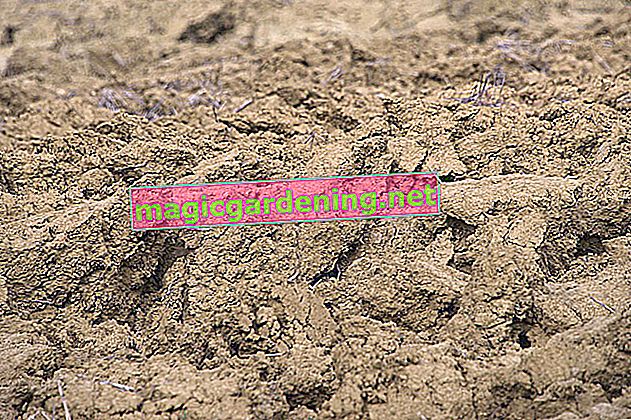
Why does the ground have to be leveled?
- Earth's surface is pressed
- Depressions and hills can be leveled out
- Provides a level lawn
The best soil preparation for creating a new lawn is to loosen the soil and remove all weeds, especially the root weeds.
also read
- How does lemongrass have to be overwintered?
- How should ragwort be disposed of?
- Does the horse chestnut have to be pruned regularly?
Then the surface is leveled with a leveling roller. This will press the soil down well. It will not sink as much later and can be sown earlier.
By leveling, all irregularities such as depressions and elevations are eliminated. Otherwise, the rainwater will accumulate in the depressions. This can cause the grass roots to rot.
This is the correct way to level
The right time for leveling is a rain-free day when the ground is as dry as possible.
First, the future lawn area is roughened with a rake. In doing so, you remove root remains, larger stones and soil thickening.
Recognizable depressions should be filled with topsoil or garden soil and small bumps removed. Only then will the surface really be level.
Use of the leveling roller
Once the preparatory work is done, go over the ground with the leveling roller. This compacts the surface and prevents it from sinking sharply later when the earth settles.
Work in shoes without heels and step as lightly as possible so that no footprints are left on the surface. Of course, this cannot be avoided entirely.
After leveling, inspect the surface to make sure it is really level and touch it up if necessary.
Roughen the ground a little before sowing
The leveling work has made the surface very firm. It is therefore lightly roughened again with a rake before sowing.
Tips & Tricks
The leveling rollers, which you can borrow from hardware stores, are hollow on the inside. This makes them easier to transport. Before leveling, you need to fill the roller with water so that the device can apply enough pressure to the ground.








